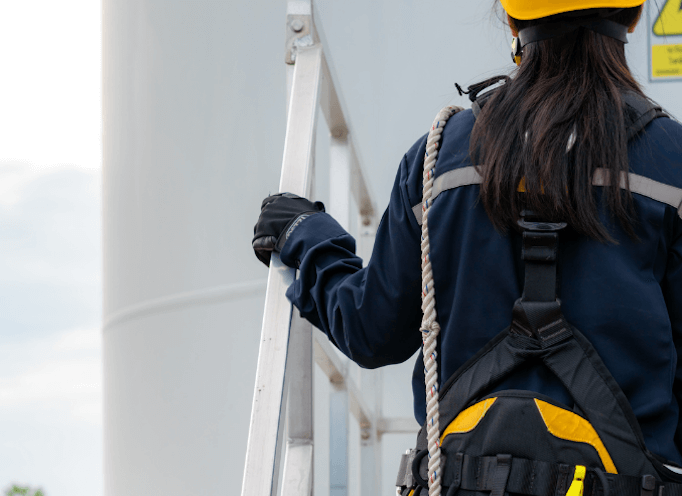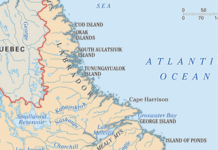The global wind industry will need to train upwards of 480,000 more people to Global Wind Organisation (GWO) standards over the next five years to meet global wind power market demand in line with health and safety standards, according to a recently released report from the Global Wind Energy Council (GWEC) and GWO in partnership with the Renewables Consulting Group (RCG).
These workers will need to be trained to construct, install, operate and maintain the world’s growing onshore and offshore wind fleet, and represents only a fraction of the job opportunities available in the growing wind industry.
Currently, the GWO training market, considered the global standard for wind workforce training, has the capacity to support the training needs of 150,000 workers by the end of the year and 200,000 by the end of 2022. But analysis in The Global Wind Workforce Outlook 2021-2025 finds that we will need at least 280,000 more trained workers to install the forecast 490 GW of new wind power capacity coming online over the next five years.
Of the 480,000 GWO trained workers required worldwide, 308,000 will be deployed to construct and maintain onshore wind projects and 172,000 are needed for offshore wind.
Over 70% of the new global workforce training demand will come from the 10 markets analyzed in the report: Brazil, China, Japan, India, Mexico, Morocco, Saudi Arabia, South Africa, the U.S. and Vietnam. The analyzed markets were selected for regional diversity, as well as spanning the largest onshore wind markets globally, high-growth markets for onshore and offshore wind, and emerging wind markets.
“The wind industry needs to scale up at an unprecedented rate over the next decade to put the world on track to meet net-zero,” says Ben Backwell, CEO of GWEC. “If ambition is scaled up to what it needs to be – three or four times current market forecasts – the workforce training requirements will be far higher than what was found in this report. To meet this challenge, we need to prepare now for the workforce of the future, and this means training hundreds of thousands of workers across the world to be part of one of the fastest-growing industries. But we need to ensure this workforce is trained to the highest global standards to ensure the health and safety of all.”
For already large wind markets like the U.S. and China, scaling up training capacity can provide new job opportunities and increase productivity through the recognition of GWO standards. Emerging economies will need to develop their safety and technical training networks from the ground up to ensure alignment with global safety systems to ensure the long-term sustainability of the industry.
The Global Wind Workforce Outlook 2021-2025 report can be downloaded, here.




